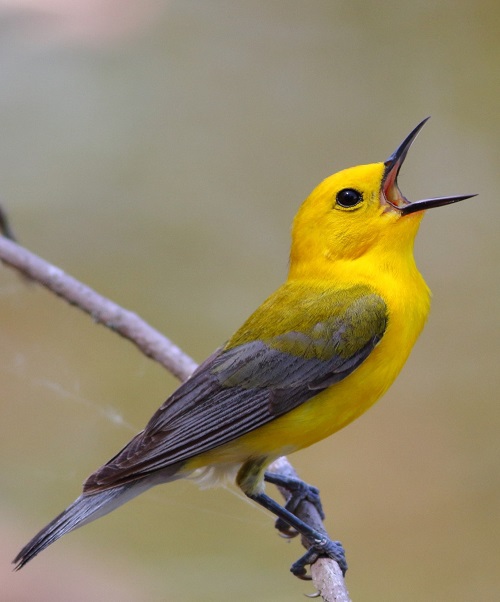 https://ebird.org/hotspot/L285489
https://ebird.org/hotspot/L285489
Habitat: 5,350-acres of Successional Oldfield, Native Grassland, Southern Hardwood Forest, Open Water, Marsh.
ater with steep terrain, streams and a few native pine relicts. Two lakes (Cox Hollow and Twin Valley) have mostly wooded shorelines but also a few small sections of Marsh and Swamp.
Best Birds: Grassland species that regularly breed in the park include Bell’s Vireo, Henslow’s Sparrow, Orchard Oriole and Dickcissel. Rough-legged Hawk and Northern Shrike are present in winter.
A few of the typical forest species are Pileated Woodpecker, Red-headed Woodpecker, Tufted Titmouse, Wood Thrush, Cerulean Warbler, and Scarlet Tanager. After dark listen for Barred Owl and Eastern Whip-poor-will. Hiking the streamside trails, especially the Stephens Falls area, may produce Acadian Flycatcher, Winter Wren, and Louisiana Waterthrush, .
The lakes in the park can produce a good variety of waterfowl, gulls, and shorebirds during migration, including rarities likeRoss’s Goose, Eared Grebe, Willet, and American Avocet.
In winter, White-winged Crossbill, Red Crossbill, Common Redpoll, Purple Finch, and Pine Siskin have been found. In summer, look out for rarities like Northern Bobwhite, White-eyed Vireo, Northern Mockingbird and Carolina Wren.
Directions: 45 miles W of Madison. From Dodgeville go north about 3 miles on Hwy 23 and the park entrance is on the right (east) side of the highway.
Site Address & Additional Information:
4175 State Highway 23, Dodgeville, WI 53533
https://dnr.wisconsin.gov/topic/parks/govdodge
http://www.friendsofgovdodge.org/
Aaron Holschbach

